Have you ever wondered why your keys keep disappearing or why your hair ties seem to vanish into thin air? Well, before you start questioning your memory, take a closer look at your feline friend. The answer might be somewhere with your cat. Our beloved cats have earned quite the reputation as master thieves, sneaking around homes with the stealth of seasoned cat burglars.
Cats are natural kleptomaniacs – they love to prey on harmless household items and pile them up under beds, sofas, refrigerators, and anywhere your hands can’t easily reach. From tiny trinkets to surprising treasures, these furry bandits have an eye for the most unexpected items. So let’s dive into the fascinating world of feline theft and discover what makes your kitty tick when it comes to their unusual collecting habits.
Hair Ties and Elastic Bands
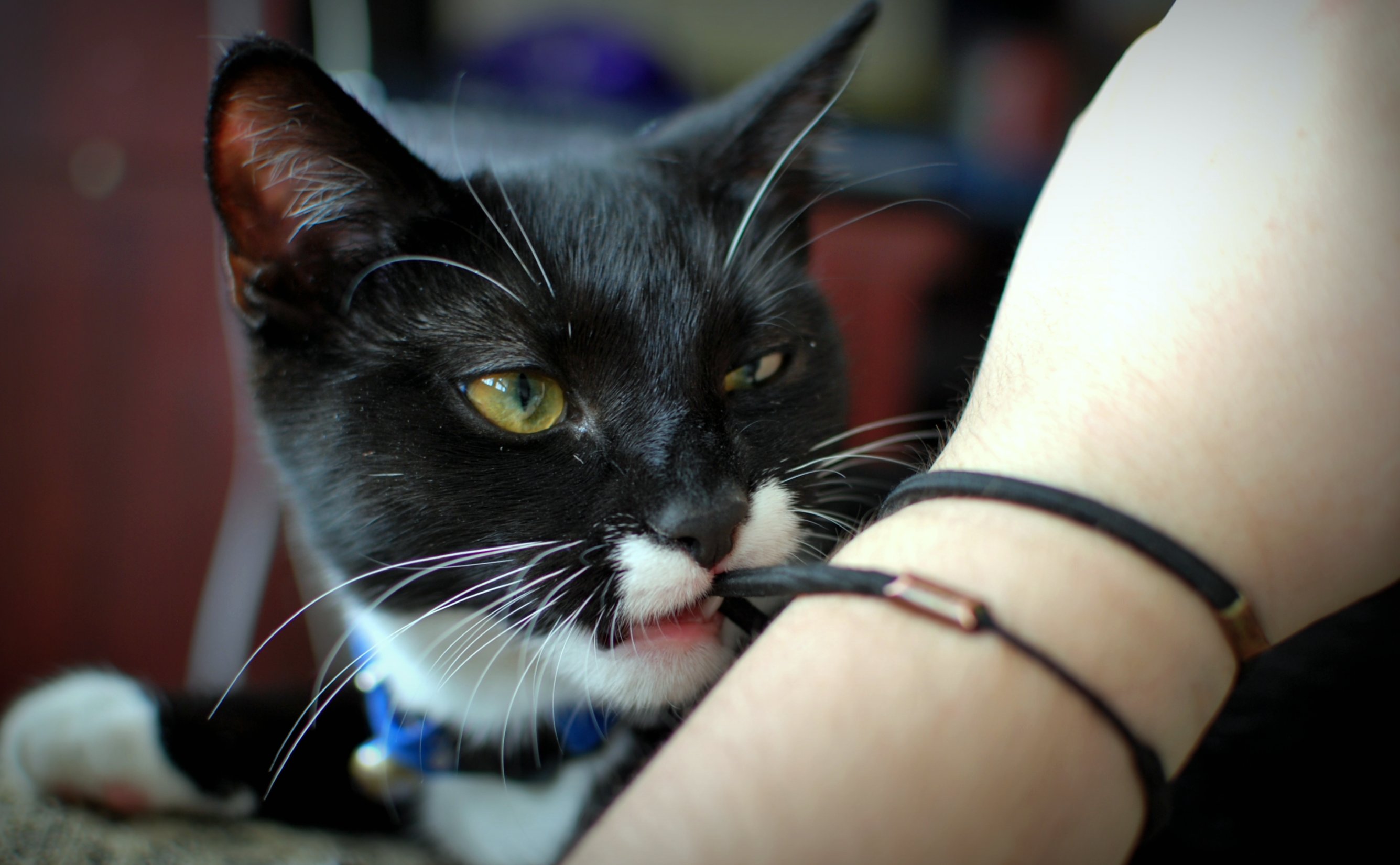
If you’ve ever moved your couch and discovered a treasure trove of missing hair accessories, you’re not alone. One owner reported to me that she moved her couch away from the wall and found 30 hair ties. She kept buying them because she would lose them. She didn’t suspect that her cat was taking them because she never saw the cat play with them when she was home.
Because of the unpredictable nature of the object – it simulates the movement of a mouse or other small prey – cats are addicted to small, circular items, although not all cats go wild for rings. Some cats just have a higher level of obsession than others. The springy texture and bouncy movement make these items irresistible to cats who see them as perfect prey substitutes. I think we’ve all had that moment of finding our cat proudly carrying off a hair tie like they’ve caught the world’s smallest mouse.
Underwear and Intimate Apparel
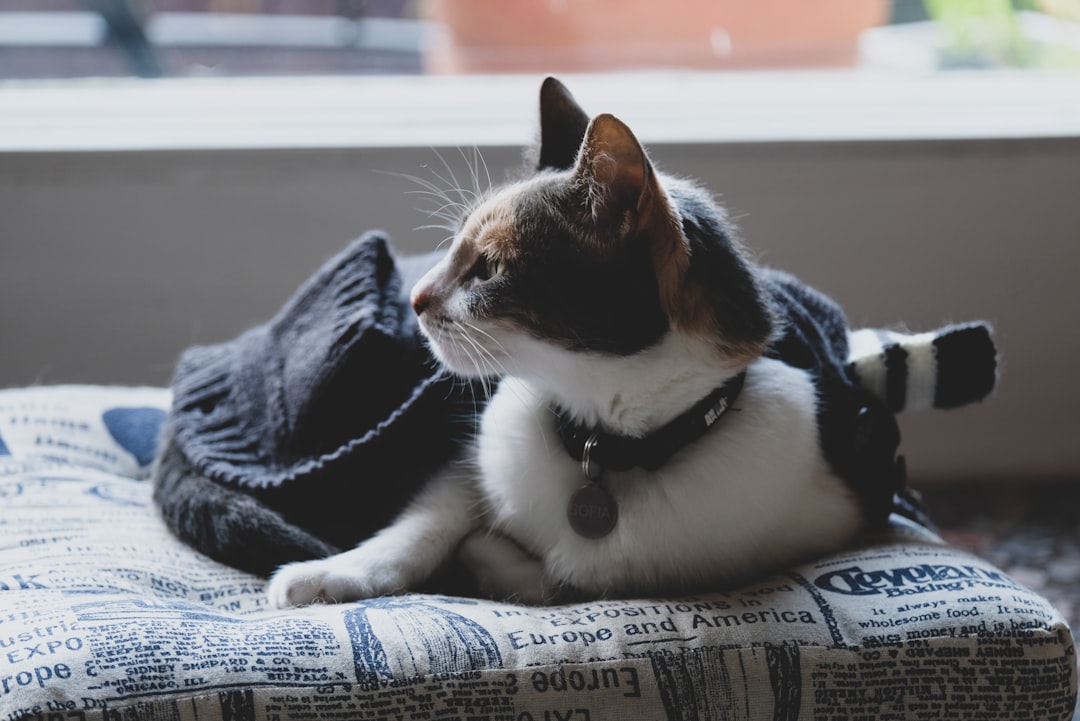
Perhaps one of the most embarrassing items cats love to steal is underwear. Your clothing smells like you. Socks and underwear are the items closest to your skin, therefore hold your strongest fragrance. Your kitties love you. This explains why many cat owners have found themselves in awkward situations with guests discovering misplaced undergarments in random locations around the house.
I sit up to see her with my underwear in her mouth, walking out of my bedroom. Cats often carry these items while vocalizing, almost like they’re announcing their successful heist to the household. The behavior stems from their deep attachment to their owners and the comfort they find in familiar scents.
Jewelry and Shiny Objects
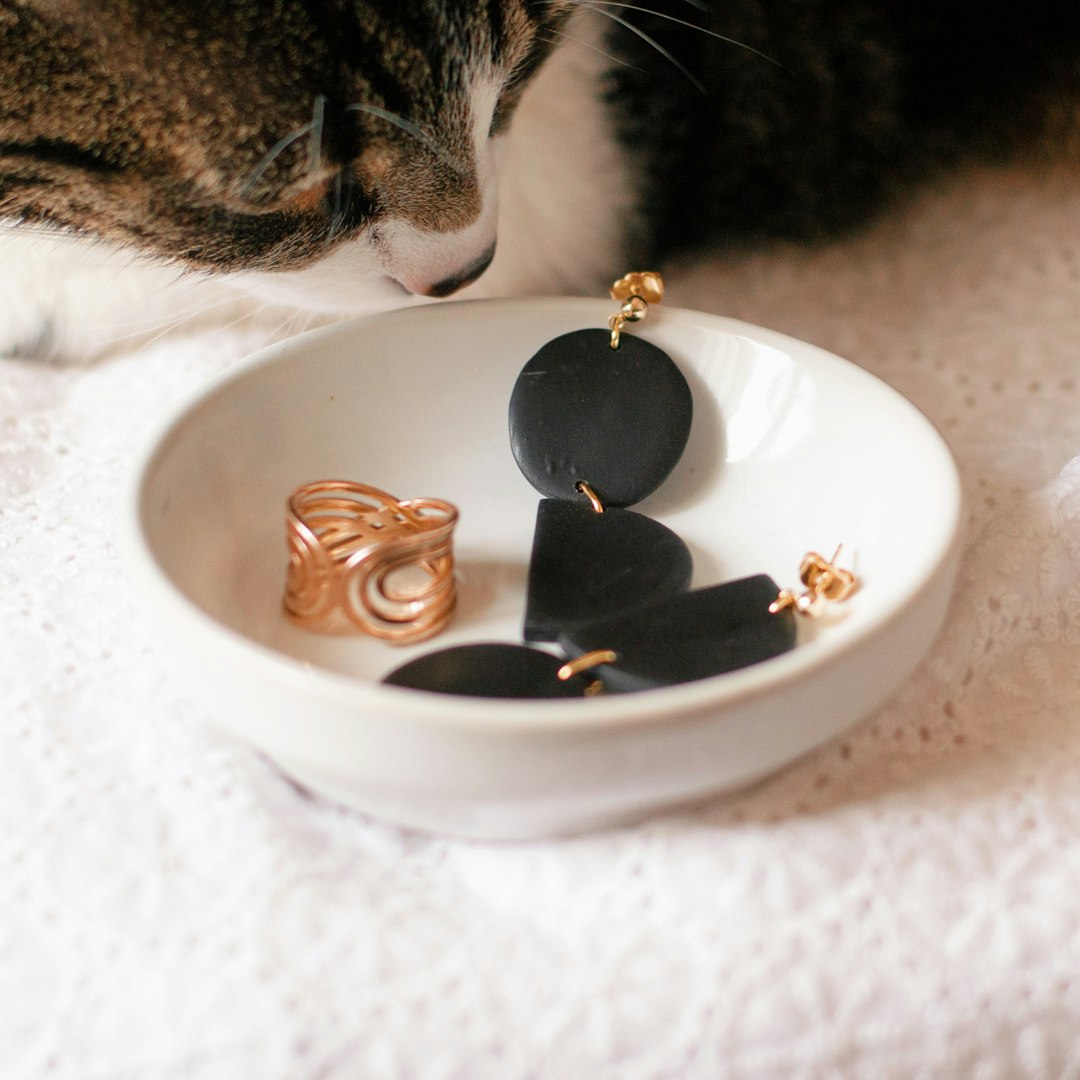
Like a crow that is attracted to shiny things and has a penchant for stealing them, there are some cats that collect and hoard jewelry, tin, glass, beads, coins, and other shiny objects. This magpie-like behavior has left many cat owners frantically searching for missing earrings, rings, and bracelets.
The fascination with shiny objects likely stems from the way light reflects off these items, creating movement that triggers a cat’s hunting instincts. If you own a magpie Munchkin cat, you must be prepared to find jewelry missing from time to time. It will likely turn up in the cat’s stash, if you can find it, but the constant loss of valuable jewelry can be somewhat perturbing. The only advantage of this behavior is that if you actually do lose a piece of jewelry, at least you can blame it on the cat, thus escaping culpability yourself.
Pens, Pencils, and Office Supplies
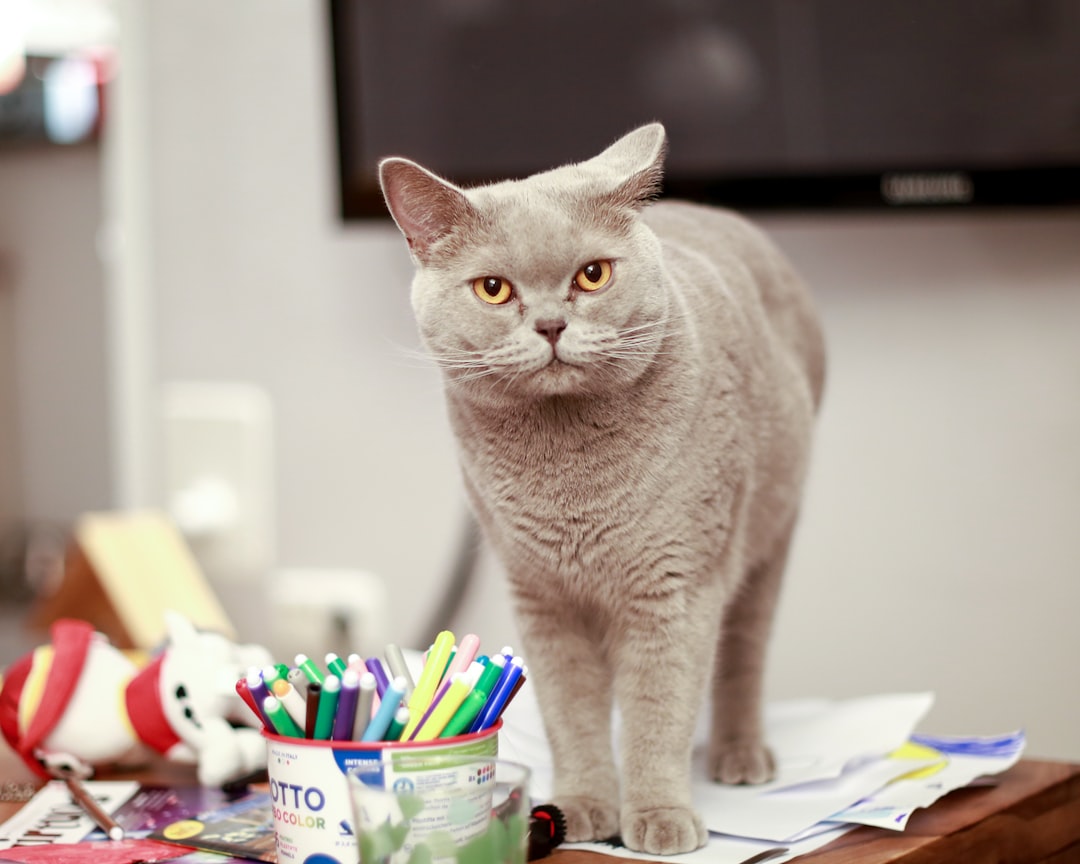
They like novelty, and if there is something new in your home and it is accessible to your cat, he will want to check it out. That’s why you might notice that a new pen you left on your desk is missing for a while. The next thing you know, you’ll find your feline batting it around on the floor. And this may happen several times. You’ll put the pen back, and your cat will knock it off again.
Some cats collect pens and pencils and leave them under the couch. These cylindrical objects are perfect for batting around and carrying in their mouths, making them ideal targets for curious cats who treat your home office like their personal playground. The smooth texture and manageable size make office supplies particularly appealing to feline thieves.
Food Items and Snacks
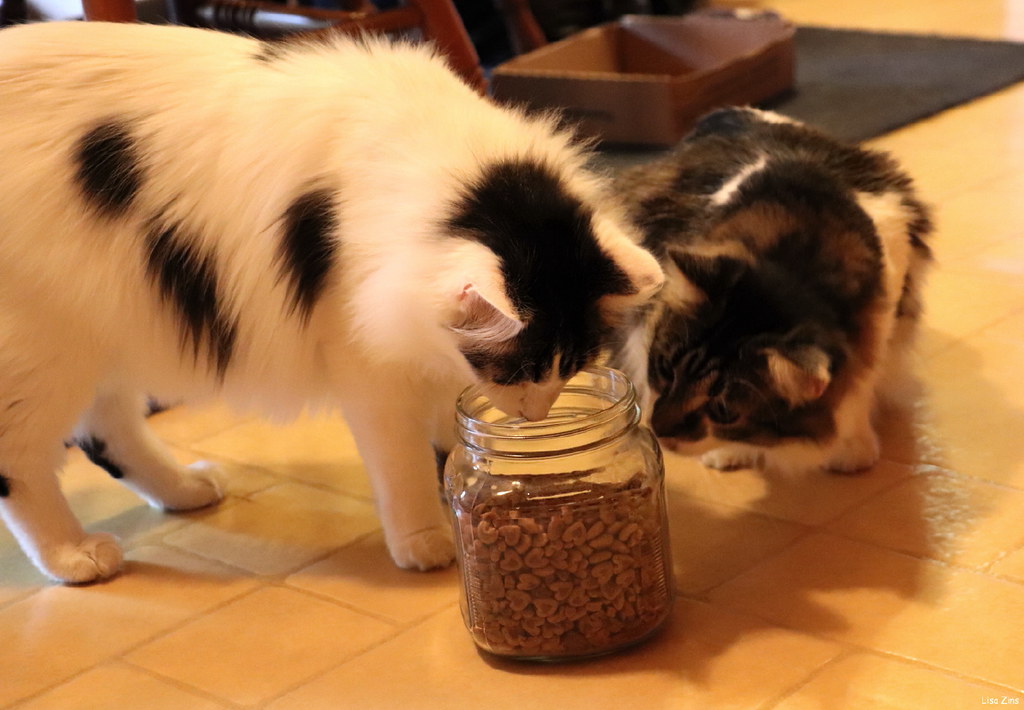
Not surprisingly, food is number one on a cat’s list. Cats have a very keen sense of smell, though not as strong as that of most dogs, says Dr. Schwartz. So they will follow their noses, and most often that leads them to something delectable that their human companions have left unattended.
Foodie cats are fond of snatching any snacks left unattended, whether pilfering food left on counters and tables or prying open containers and drawers to reach it. Your missing food may end up in a cat’s hidden treasure trove of nom-noms instead of being eaten right away. These culinary criminals often create secret stashes around the house, hoarding treats for later consumption like furry little doomsday preppers.
Bottle Caps and Small Toys

Some cats enjoy playing with plastic bottle caps that you can twist off of milk cartons and water bottles. Cats might like these items because they enjoy the sounds that they make. They make different noises when they’re dropped or slid across the floor. These sounds may sound similar to insects that cats may enjoy hunting, like cicadas and crickets.
The cat’raband (get it, contraband from a cat, hehe) includes rubber ducks, plastic dinosaurs, glasses and cutlery. From kitchen utensils to toy dinosaurs, cats have quite eclectic tastes when it comes to their collections. The variety of textures, sizes, and sounds these items produce keeps cats endlessly entertained.
Clothing Items and Fabric
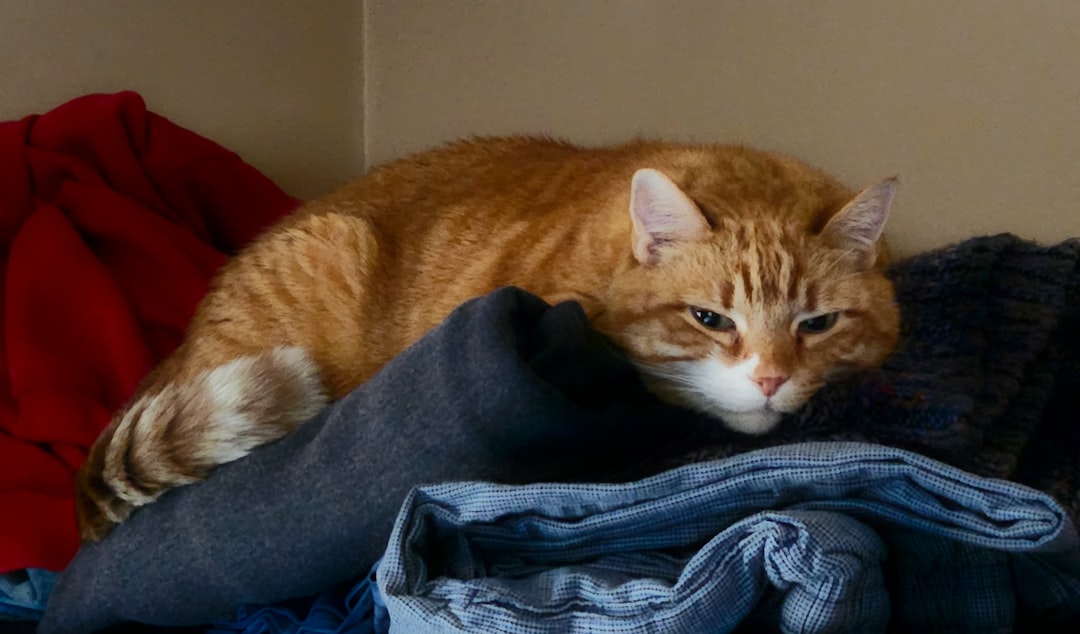
I think there is something about worn clothes, even when they are clean, that cats really like. One of my cats, Albert, has got a thing about socks. Cats are particularly drawn to clothing items because they carry their owner’s scent and often have interesting textures that appeal to their tactile senses.
Most cats tend to chew on stringlike objects, such as shoelaces or string toys, hair ties, and certain materials such as wool or fleece. The goal for the cat is to remove the item from the owner’s sight so that she can play with it or, in some cases, chew or eat the item. This behavior explains why you might find your favorite sweater or socks in unexpected places around your home.
Paper Products and Documents
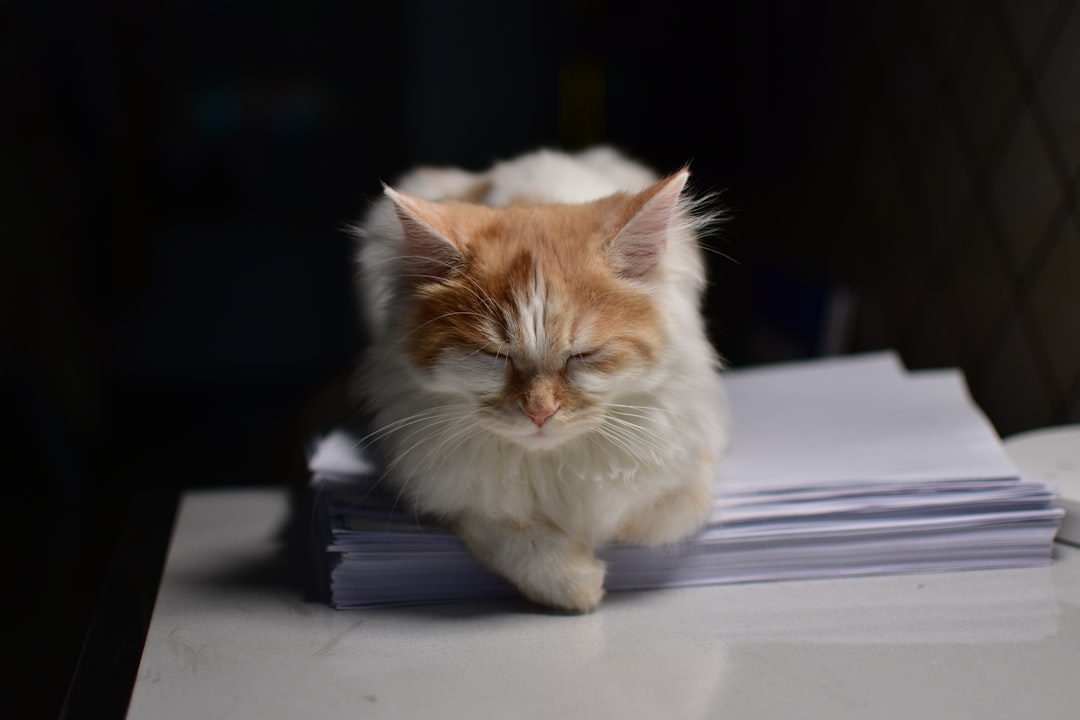
Catster reports that cats who enjoy stealing papers, including but not limited to “crumpled receipts and opened mail”, are attracted to things that remind them of rustling leaves. According to Catster, “The leaves and paper can make noises that mimic insect sounds.”
Mine goes for napkins, coasters, contact lens cases, toilet paper, tax paperwork, whatever she can move. I draw the line at shards of glass. The crinkling sound of paper triggers something primal in cats, reminding them of prey moving through dried vegetation. Honestly, I’ve seen cats show more interest in important documents than their expensive toys.
Personal Care Items
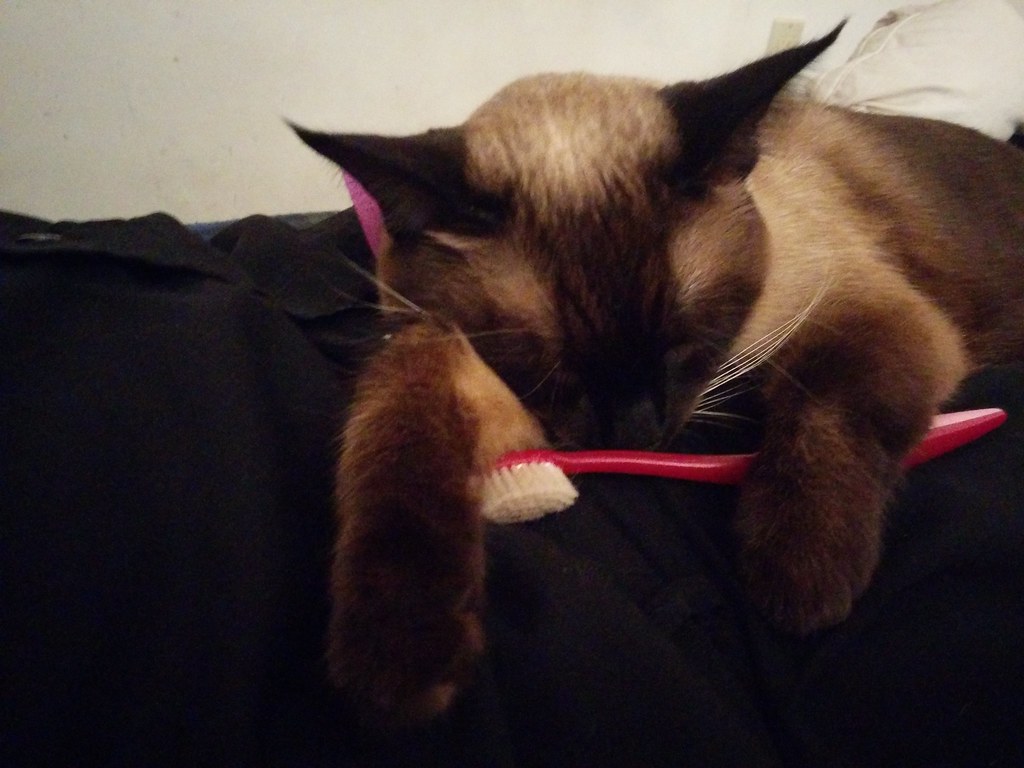
Toothbrushes, combs, toys, your long-awaited dinner – nothing is safe when a cat is around, whether you own one or not. Personal hygiene items seem to hold a special fascination for cats, likely due to their strong connection to their owner’s scent and daily routines.
Be Chewy suggests that cat parents of chewers stay on high alert: “Cats are quite methodical about stealing and eating – your cat could very easily pull a headband from your head while you sleep!” The audacity of cats knows no bounds when it comes to claiming personal items as their own treasures. These stealthy operations often happen during the quiet hours when we’re least aware.
Children’s Toys and Collectibles
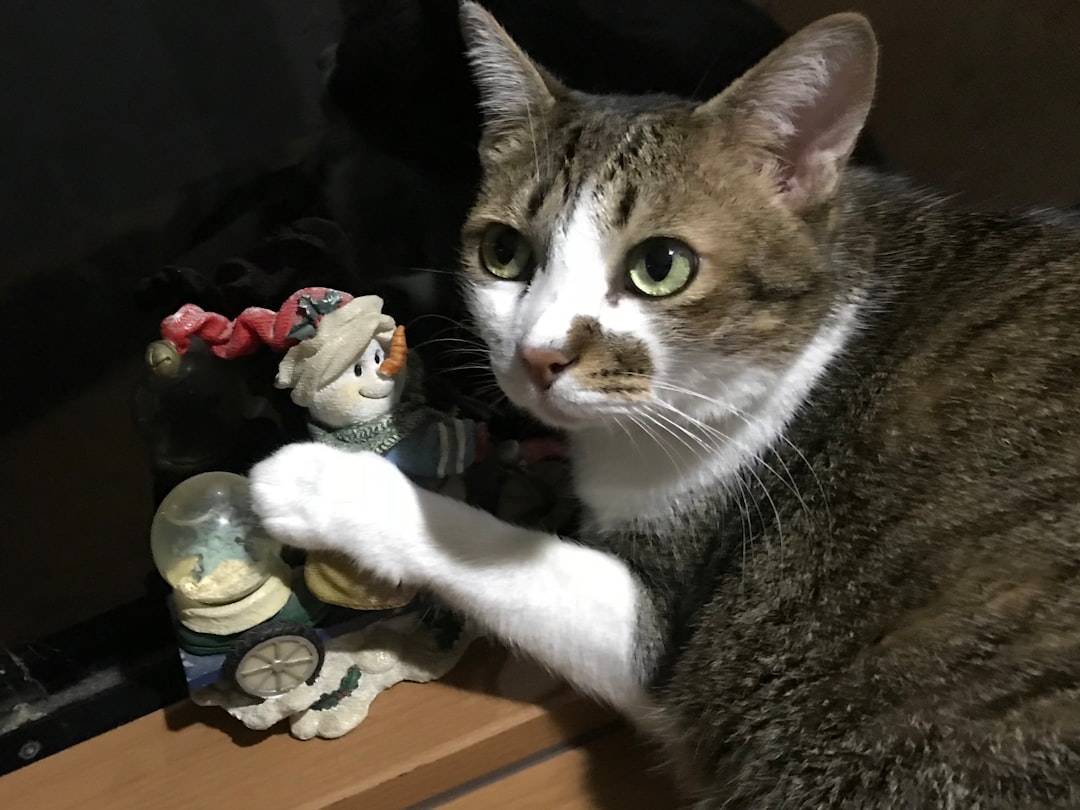
It all started when Alice discovered a toy diplodocus on her pillow one morning, as reported by Good News Network. Alice said that “over the course of a week or so, loads of toy dinosaurs kept appearing in the house, which was really weird.” Children’s toys present the perfect size and texture for cats to carry around like proud hunters returning with their catch.
As it turned out, Charlie was nabbing the toys from a children’s nursery at the end of the road. It seemed he’d found a lovely little place full of exciting bits and bobs, and thus, picked up the dinos one by one. According to Alice, the cat “has never caught a bird or a mouse or anything like other cats do… He just goes off and finds whatever he can.” These feline collectors often develop preferences for specific types of toys, creating themed collections that would make human collectors jealous.
Conclusion
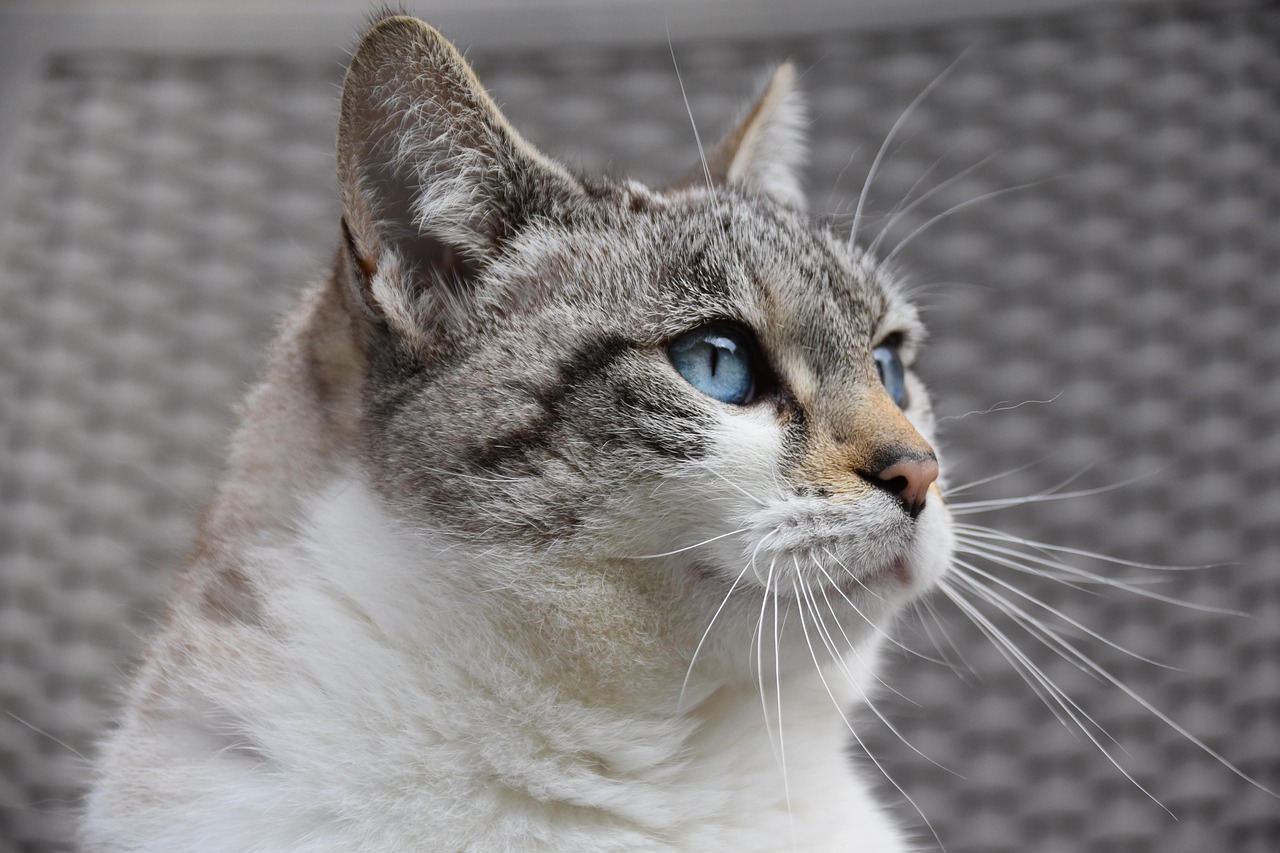
Some cats have a natural tendency to collect and hoard objects like certain wild animals do, which might be linked to their instinct to gather and bring food and prey closer to home, even if the items they steal are not edible and there is plenty of food available. Understanding this behavior helps us appreciate the complex inner lives of our feline companions and their connection to their wild ancestry.
Whether your cat is a sneaky sock thief or a jewelry heist specialist, remember that this behavior is perfectly normal and often endearing. The important thing to remember is that cats are individuals with personalities and their reasons for being adorable little kleptos are unique to them. What unusual items has your cat claimed as treasure? Tell us in the comments about your own feline burglar’s most surprising heist!
Hi, I’m Andrew, and I come from India. Experienced content specialist with a passion for writing. My forte includes health and wellness, Travel, Animals, and Nature. A nature nomad, I am obsessed with mountains and love high-altitude trekking. I have been on several Himalayan treks in India including the Everest Base Camp in Nepal, a profound experience.






